Brian Moore
Moderator
Errol Morris: 'We've forgotten that photographs are connected to the physical world' - videoWriter and Oscar-winning documentary maker Errol Morris talks about the nature of truth, art and propaganda in photography. Drawing examples from the photographs of Abu Ghraib and the Crimean war, cited in his book Believing is Seeing, he argues we've often underplayed the link between photgraphs and the physical world

Errol Morris: 'We've forgotten that photographs are connected to the physical world' - video | Comment is free | guardian.co.uk

Errol Morris: 'We've forgotten that photographs are connected to the physical world' - video | Comment is free | guardian.co.uk
Last edited by a moderator:
